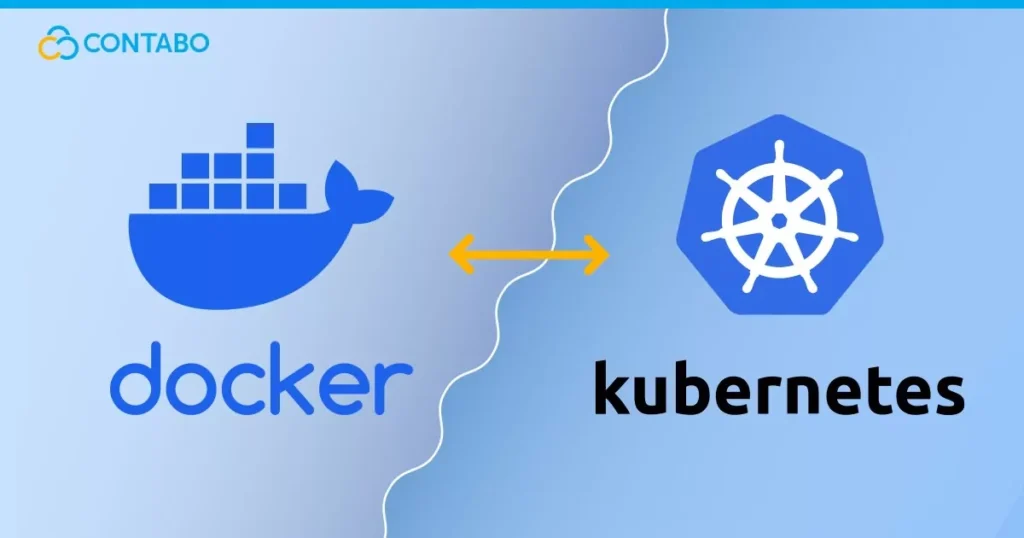
Kubernetes has emerged as the de facto standard for container orchestration, empowering organizations to deploy, manage, and scale containerized applications with ease. While Docker is often synonymous with containers, Kubernetes can work with various container runtimes beyond Docker. This raises an intriguing question: Can you use Kubernetes without Docker? Let’s delve into this topic and explore the alternatives and considerations.
Understanding Kubernetes and Docker
Before delving into alternatives, it’s essential to understand the roles of Kubernetes and Docker in the container ecosystem:
- Kubernetes: Kubernetes, often abbreviated as K8s, is an open-source container orchestration platform originally developed by Google. It automates the deployment, scaling, and management of containerized applications across clusters of hosts.
- Docker: Docker is a popular containerization platform that simplifies the packaging and distribution of applications in lightweight, portable containers. Docker Engine, the runtime component of Docker, is responsible for building, running, and managing containers.
Alternatives to Docker as Container Runtime in Kubernetes
While Docker remains the most widely used container runtime with Kubernetes, several alternatives offer compatibility and interoperability:
- containerd: Developed by Docker, containerd is an industry-standard container runtime that provides core container runtime functionality. Kubernetes integrates seamlessly with containerd, offering performance and stability benefits.
- CRI-O: CRI-O is an open-source implementation of the Kubernetes Container Runtime Interface (CRI) that enables Kubernetes to directly interact with the Open Container Initiative (OCI)-compliant runtimes. CRI-O is designed for simplicity, security, and performance, making it a popular choice for Kubernetes deployments.
- rkt (pronounced “rocket”): Developed by CoreOS (now part of Red Hat), rkt is a container runtime designed for security, efficiency, and composability. While not as widely adopted as Docker or containerd, rkt provides Kubernetes integration through the Container Runtime Interface (CRI) and offers unique features such as strong isolation and image signing.
- cri-containerd: Cri-containerd is an integration of containerd with Kubernetes’ Container Runtime Interface (CRI). It leverages containerd’s features and performance while providing seamless compatibility with Kubernetes.
Considerations and Best Practices
When considering alternatives to Docker as the container runtime for Kubernetes, several factors come into play:
- Compatibility and Support: Ensure that the chosen container runtime is compatible with your Kubernetes version and receives regular updates and support from the community or vendor.
- Performance and Scalability: Evaluate the performance and scalability characteristics of the container runtime, especially in large-scale Kubernetes deployments with high resource demands.
- Security and Isolation: Consider the security features and isolation mechanisms offered by the container runtime to mitigate risks and vulnerabilities in multi-tenant environments.
- Operational Overhead: Assess the operational overhead associated with deploying and managing the container runtime, including installation, configuration, monitoring, and troubleshooting.
- Community and Ecosystem: Consider the size and activity of the community around the container runtime, as well as the availability of complementary tools, plugins, and integrations.
Conclusion
While Docker remains a popular choice for containerization, Kubernetes offers flexibility and interoperability with various container runtimes beyond Docker. Organizations can leverage alternatives such as containerd, CRI-O, rkt, and cri-containerd to meet their specific requirements for performance, security, and scalability in Kubernetes deployments.
Ultimately, the choice of container runtime depends on factors such as compatibility, performance, security, and operational considerations. By exploring alternatives to Docker and understanding their capabilities and trade-offs, organizations can make informed decisions to optimize their Kubernetes infrastructure for reliability, efficiency, and innovation.